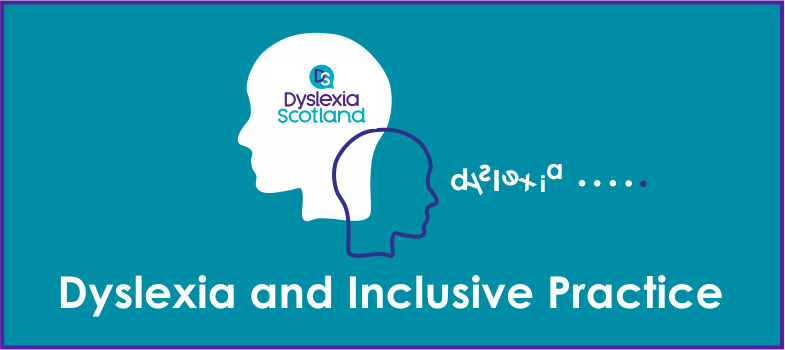3.7. Transitions
Transition can be a difficult, nervous and exciting time for any pupil; however for children and young people with additional support needs it can be a particularly stressful time for them and their family. Nevertheless, the process can be eased with appropriate understanding, partnership work, support and planning. It is important to understand that transitions occur each day, throughout the year and not only at the commonly highlighted stages such as P7 – S1 or S4/5/6 to post school. This section provides some guidance to support the various stages of transition that school communities are involved in to ensure that they are child-centred positive experiences which support learners with dyslexia.
The 2017 Code of Practice [Tip: hold Ctrl and click a link to open it in a new tab. (Hide tip)] states:
‘Education authorities should have appropriate arrangements in place to ensure that changes in school education for all children and young people can be as smooth as possible. Effective planning helps to promote shared understanding and close communication among all relevant persons and above all helps to ensure that any required action is co-ordinated appropriately’.
Nursery, primary and secondary schools need to work within time scales and collaboratively to put in place strategies that will help pupils who are dyslexic to cope with this new stage of their educational career. This requirement is supported by educational law for children and young people whose dyslexia is considered to be ‘significant’ or if they are otherwise at risk of not making a successful transition in:
- Nursery to P1
- Class to class
- Year to year
- P7 – S1
- Broad general education at the end of S3 into the senior phase
- School to offsite to school
- Post school
Post-school transition
To positive and sustained destinations such as employment and further and higher education.
The transition from secondary school to post school can be daunting for young people with dyslexia and their families. In cases where dyslexia is a significant additional support need, the transition planning must begin no later than 12 months before they leave school; it is often the case that the transition support begins earlier, as highlighted in the 2017 Code of Practice.
It is very important that the assessment information gathered by staff in school over the years is given to the young person and that they understand the value of the report so they can use this when discussing their support needs in post-school situations.
Taking stock of learners’ progress and achievements is particularly important at transition, when we know that some can fall through the net. An effective transition should promote continuity and progression in learning. All practitioners, staff, parents and support agencies need to work together to ensure this and to involve learners in the process. Such partnership approaches are particularly important to ensure children’s wellbeing and progress in the Curriculum for Excellence early level, which spans the pre-school into primary school transition. The secondary to post-school transition is another example where partnership working needs to be well planned to allow appropriate engagement and, if necessary, further assessment of needs by partner agencies. Quality assurance and moderation is particularly important at points of transition in order to share standards and expectations across sectors and providers. This will ensure confidence in assessment judgements and reliability of information so that children and young people can experience continuity and progression in their learning.
Post-school identification and support
Module 3 has a specific focus on post-school transition. However, for those undertaking Module 2 it is also extremely important that practitioners both in primary and secondary settings have an understanding of post-school transition in order to:
- Share information with families – particularly important if families are anxious about their children’s future. This is relevant in the primary school setting.
- Share information with the learner – ensure that they have copies of their profile/collaborative assessment prior to leaving school and are supported when completing application forms for work, further and higher education. E.g. if appropriate the learner discloses that they have a hidden disability such as dyslexia.
- Ensure appropriate planning and support is in place to aid smooth transition.
The criteria involved in providing a post-school identification of dyslexia are different for a child or young person who is attending school in Scotland; therefore, it is important that the information gathered at school is made available to the young person before leaving.
Post-school independent assessments are carried out by practitioners who hold specific qualifications which are not required for teachers in Scottish schools. Independent assessors usually charge for this service.
In summary, the entitlement to assessment and identification of dyslexia differs between school and post school due to the different systems that have been developed for different settings and age groups.
Activity 25 Reflective practice task
In your Reflective Log, consider how well your current transition arrangements ensure a smooth, seamless transfer, with particular reference to:
- A common understanding of assessment approaches and standards?
- Planning continuity and progression in learning?
- Building on children and young people’s achievements?
3.6. Numeracy and dyslexia
